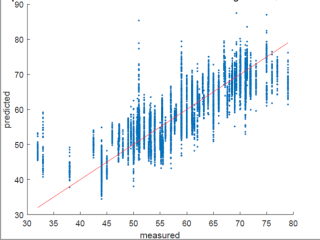
Research Results
Taste and Non-destructive Flavour Prediction
The flavour of a tomato is a critical factor that can influence consumer preference and satisfaction. Therefore, assessing the flavour of tomatoes accurately and efficiently is crucial for maintaining quality.
About the research
The aim of the project is to apply non-destructive optical and radio frequency based sensors for measuring quality parameters of tomato, including Brix, acidity, firmness and human flavour perception. To this end, 10 measurement sessions with twenty varieties each were carried out. In these sessions, several tomato cultivars grown under different conditions were measured both destructively, assessed by sensory panels and measured with a broad range of non-destructive sensors. Several tomato sensorial parameters were predicted based on non-destructive measurements. We also successfully developed a model to predict liking with near-infrared (NIR) spectroscopy using a commercially available sensor.
Scientific innovations
We compared a wide range of sensors and their ability to predict various sensorial attributes on a large range of tomato varieties grown under different conditions. This resulted in a broadly applicable taste model for the sector. The model will be made available for a commercial sensor. Further development and improvement -beyond the data acquired during the project- will help to increase the model robustness. Another interesting finding was that data from novel sensors using radio frequencies in the GHz range also showed good correlations with tomato quality parameters.
Relevance for the sector
The model offers a quick, objective, and less labour-intensive alternative to traditional sensory analysis and has the potential to transform the industry by improving flavour prediction, breeding selection, reducing waste, and increasing productivity.
